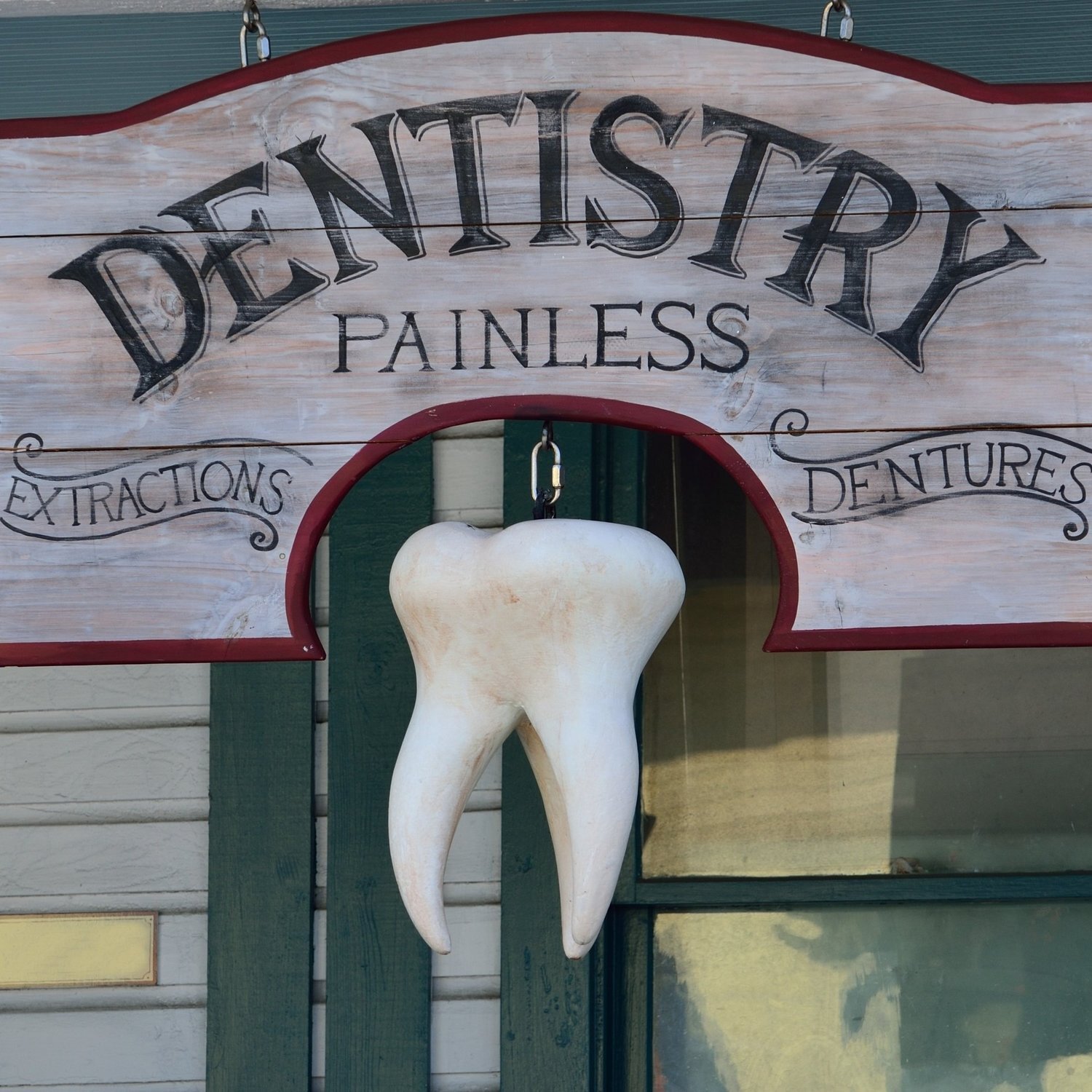Dental Insurance Part Two
In our last blog, we talked about dental insurance as it relates to your oral health needs, the yearly costs, and plan details for various policies.
What is covered?
While dental insurance can pay for part of your dental care, it’s scope is limited. It may cover a portion (or all) of your regular visits, as well as a share of other necessary care, such as fillings or crowns. Most insurance companies don’t fully cover the cost of these procedures, so you can expect to have to pay deductibles/copays as well as the portion of what the dental insurance doesn’t cover. There may also be a waiting period after you join the plan before some services are included, or the benefit limit may be more depending on how long you’ve had it, typically three years.
Many plans are tiered, meaning they’ll pay a large portion of preventative care, a medium portion of basic or restorative care, and a small portion of major care. Some procedures aren’t covered at all. Some have a yearly maximum, meaning you are 100% responsible for the cost after a certain amount. The maximum may be a very low number, for example, if you’re in a ‘prevention’ plan. Know the ceiling.
Packages
There are usually several types of packages offered under the insurance plan. For example, a Dental Health Maintenance Organization (DHMO) provides a list of dentists which you can choose and covers quite a range of services, but premiums may be higher. A Preferred Provider Organization (PPO) some may pay a portion of dental fees when you use dentists in their network, but you’ll pay a higher cost if the dentist isn’t on their preferred list. A discount, or referral plan, doesn’t pay anything but has participating dentists who give you a discount on dental care. A discount plan might be a good option for someone who needs quite a bit of dental care. Some packages may require proof that you’ve had dental insurance in the past.
Legal details
As with any legally binding contract, we recommend that you read the plan’s details carefully and understand what is and isn’t covered before you choose the plan. It won’t help you if the policy doesn’t include what you expected and you end up paying a considerable out-of-pocket expense.
Pre-authorization
Some treatments require authorization by the insurance company for them to pay for a claim. Pre-authorization shouldn’t be confused with a pre-estimate, which is what an insurance company estimates your cost will be IF they pay the claim. If there is a question about treatment payment, talk to your insurance company and get pre-authorization. Don’t be afraid to dispute a rejected claim if you feel it should be covered.
What isn’t covered is often up to the policy you have, and sometimes the claims adjuster. Have you ever wondered why medical offices require such a big office staff? Many of these individuals work there to deal with insurance adjusters, and working at getting insurance claims paid so the patient won’t have more out-of-pocket costs.
Like any good business, the insurance business is designed to make their product look as attractive as possible to the consumer and tell you more about what they cover than what they don’t. As an informed consumer, your job is to look as closely as possible to the policy before you buy--so don’t be afraid to kick a few tires, so to speak, and ask those questions. You’re much better off knowing what a plan covers when you buy it, rather than having to ask your dentist or insurance representative later.
If you need a gentle, caring dental team, please call Jennifer Fineberg’s office at (623) 362-2550. We’ll give you the very best dental care we can!
